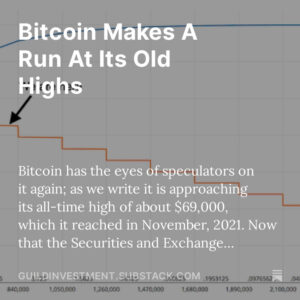After further trade-war saber-rattling, U.S. markets have again regained a semblance of calm. Further unexpected developments and accompanying volatility undoubtedly lie ahead, but thus far, markets have greeted the potential of escalating trade conflicts without panic.
The financial, economic, and sentiment backdrop in the United States remains strong. Investor and analyst anxiety is now expressing itself in the worry of “peaking” growth, earnings, and margins. We are skeptical that such peaks are occurring, or that developments in these areas signal a necessary end to the current long-lived bull market.
U.S. GDP growth remains very strong, according to the most recent snapshot of indicators compiled by the Atlanta Federal Reserve.
Source: Federal Reserve Bank of Atlanta
Consumer sentiment also remains in the uptrend that began in late 2016, sustained by continued employment gains and modest wage growth.
Source: University of Michigan
U.S. purchasing managers’ indices, derived from survey data of managers’ expectations for future business conditions, continue to trend up in most sectors. Consumer discretionary goods showed particular strength, corroborating the consumer sentiment data.
Source: IHS Markit
On the financial front, the yield curve — the critically important difference between short-term and long-term interest rates — continues to flatten quite gradually, and remains in the bullish territory between the time when flattening begins, and when the curve actually inverts (that is, when short-term rates rise above longer-term rates). The following graph shows the difference between 10-year and 6-month Treasury rates; a decline in this graph indicates a flattening curve, and a 0 value would represent the beginning of inversion.
Source: Bloomberg
Other factors that we are watching — particularly the credit expansion we noted last week, driven by pension funds’ increasing demand for leveraged credit products — lead us to believe that this cycle may fall on the longer end of the historical pattern in which the market peaks some months or years after the curve inverts.
The Changing Global Landscape
Although the world has been experiencing a rare period of synchronized growth among the world’s major economies, there are signs that some other regions are falling behind the U.S.
Europe in particular shows signs of slowing. Although the U.S. Federal Reserve is continuing in its gradual path of policy normalization, the European Central Bank recently signaled that it would maintain its negative interest rate policy into 2019. Some analysts interpreted this as an indication that the European recovery is still fragile. European PMIs are on a less robust path than the U.S.; while still positive, they are weakening at the margin.
Source: IHS Markit
Further, the strength of the U.S. dollar remains a potential headwind for many markets outside the U.S. (See the Market Summary below for some of the dynamics at work supporting a higher dollar.)
These factors together suggest to us that investors should concentrate their attention on the United States at present.
In addition, while the stocks of small-capitalization U.S. companies have enjoyed a period of outperformance, we believe forces are at work to support continued outperformance. Specifically, damage from trade conflict will tend to affect big U.S. multinationals the most, since many of them have profited the most from lower-cost Chinese manufacturing and imports. U.S. small caps, however, stand to benefit after a long period in which China’s membership in the World Trade Organization created headwinds for them.
Besides growth-oriented small-cap companies in the United States, we believe the current environment will continue to support the flow of investment funds into medium-sized and large technology companies which have demonstrated their ability to grow through thick and thin thanks to the long-term technological and social tailwinds that they have behind them.
Investment implications: We believe that market volatility surrounding political events and trade-war fears will continue to represent buying opportunities for investors. The period of synchronized global growth may be ending, with the U.S. pulling ahead particularly of developed-market peers such as Europe. Many other markets may continue to be challenged by a strong U.S. dollar. These factors lead us to concentrate our attention on investment opportunities in the United States, where we believe that small-cap growth stocks could continue to perform well. We also like disruptive big-cap technology stocks in the U.S., which we believe will have enduring tailwinds.












